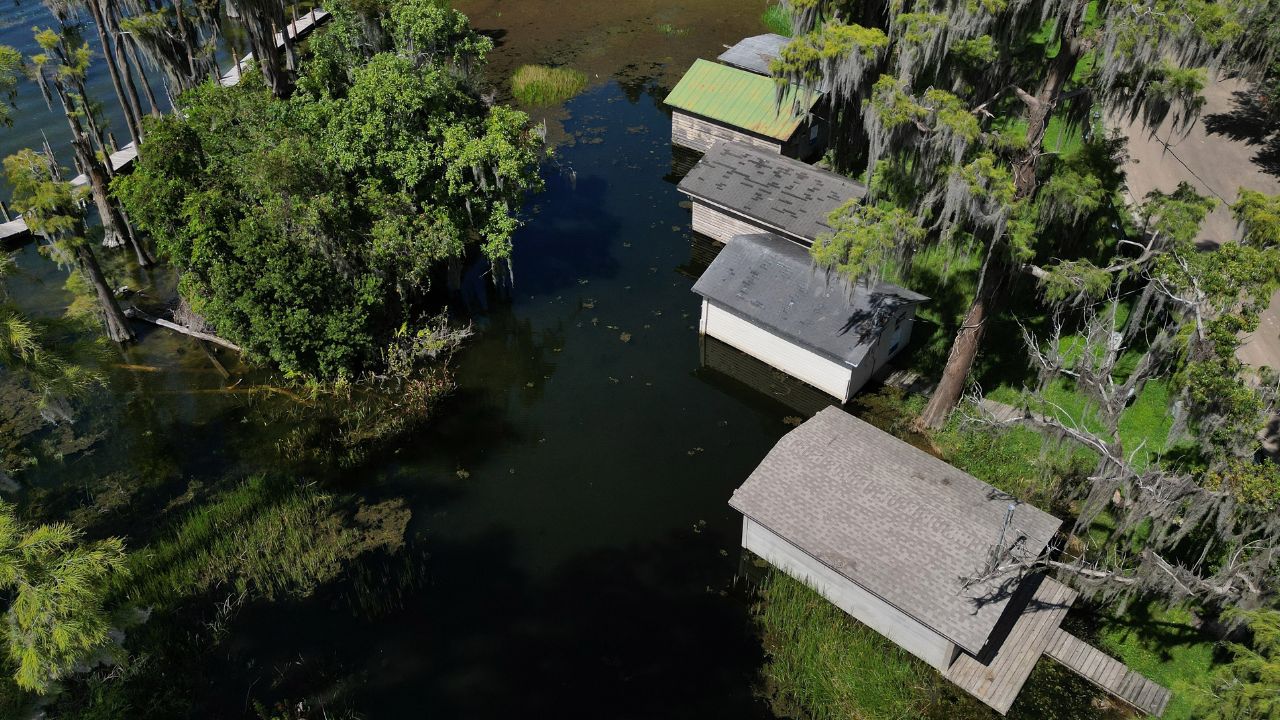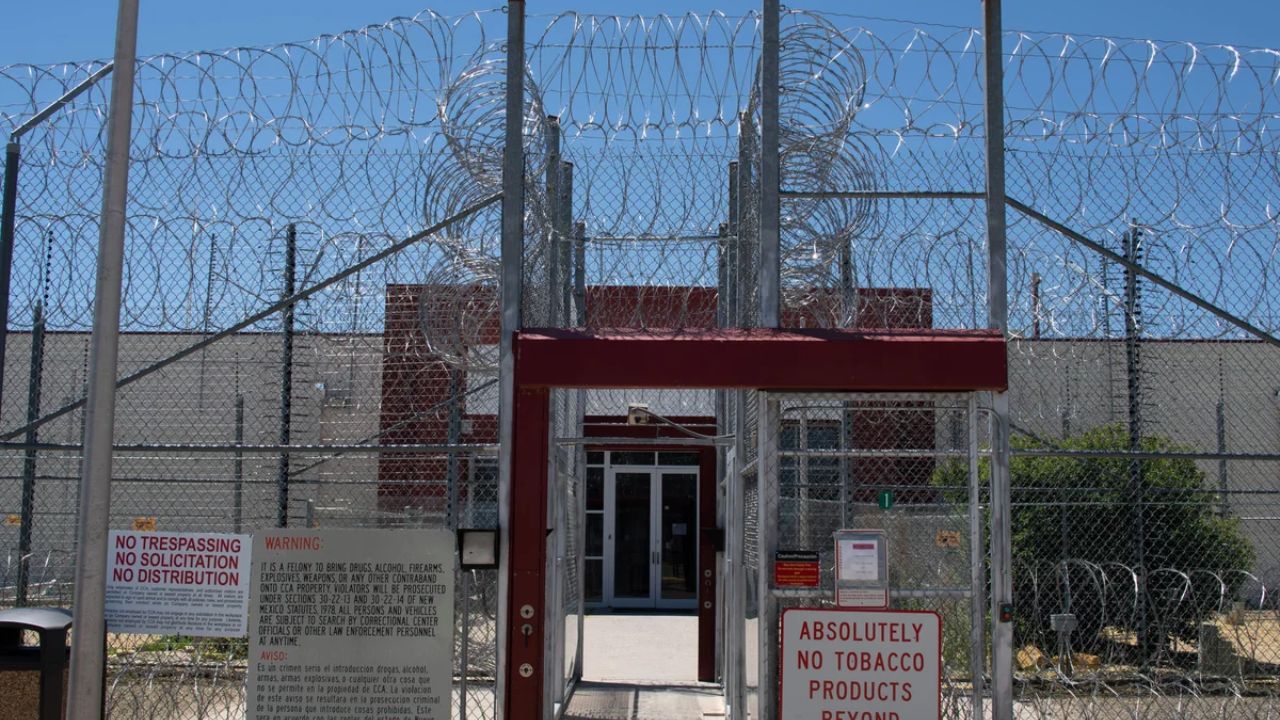On July 24, the relentless heat wave that has been baking the Midwest for days was moving eastward, with temperatures in New York, Philadelphia, and Washington, D.C., expected to reach 100 degrees by July 25.
Early on July 24, more than 130 million Americans were already under a heat warning, watch, or advisory due to a “heat dome” that has combined high temperatures and humidity to cause heat indices in many places to reach 100 degrees. When humidity is taken into account, heat indices calculate the actual temperature.
According to Peter Mullinax, a meteorologist at the National Weather Service’s Weather Prediction Center, “a late July heat wave will continue to expand eastward during the second half of the week with sultry conditions on tap from the Lower Mississippi Valley and Midwest to the Northeast and Mid-Atlantic,”
Over the next two days, record high temperatures are “likely to be challenged” in portions of the Northeast, according to Mullinax, and some record warm minimum temperatures are also expected to be broken in all impacted locations.
According to Mullinax, heat indices are expected to peak between 100 and 105 degrees across the Southern Plains, Midwest, and Great Lakes on July 24 and in the Northeast and Mid-Atlantic by July 25. Localized heat indices may get close to 110.
From the Central Plains and Midwest to the Great Lakes, severe storms, flash flooding, and heavy rain are predicted for July 24.
The West was predicted to see “relatively tranquil” weather, but lightning-related fire weather threats were in place for Northern California and portions of Nevada, Utah, Oregon, Idaho, and Wyoming.
Texas’s catastrophic flood rose while officials slept, according to the sheriff.
On July 3, the National Weather Service started warning that storms could result in “considerable flash and urban flash flooding.” The meteorological service raised the watch to a flash flood warning at 1:14 a.m. on July 4 and issued a “disaster” alert at 3:08 a.m.
A flash flood emergency was proclaimed at 4:23 a.m. Reports of rooftop rescues started to come about half an hour later.
According to Leitha, some of the heaviest flooding happened between 1-3 a.m., at which time the county’s emergency operations center was not operational.
More intense rainfall is expected in Florida
A low pressure system over the northeastern Gulf implies that much of Florida and parts of the northern Gulf Coast may get more intense rains on July 24, while a tenacious high pressure system has fueled the heat dome in the Midwest.
Multiple inches of rain have already fallen on parts of Florida in recent days, and on July 22, a storm caused the roof of a leisure center in Melbourne to partially collapse.
As per the advisory issued on July 24, the National Hurricane Center stated that the region of low pressure is “currently producing a broad area of disorganized showers and thunderstorms.”
Read Also: Triple-Digit Heat, Health Warnings in Effect for Louisville Through July 30
Over the course of the next day or two, the system is anticipated to move primarily westward across the north-central and northeastern parts of the Gulf, where some gradual development is conceivable, according to forecasters. The system’s chances of developing are predicted to end by the weekend as it moves inland.
The heat dome can last for two weeks
The heat dome isn’t going to go away anytime soon. Through July, the meteorological agency predicts dangerous temperatures in sections of the Central and Southeast. For a week or two, high temperatures from Texas to western Tennessee will nearly always top 100 degrees, according to AccuWeather.
With highs in the 80s and comparatively low humidity, the Northeast was granted a break for a few days. However, on July 25, the dome will move across the area, bringing high temperatures well into the 90s, which will feel like over 100 degrees as the humidity rises.








